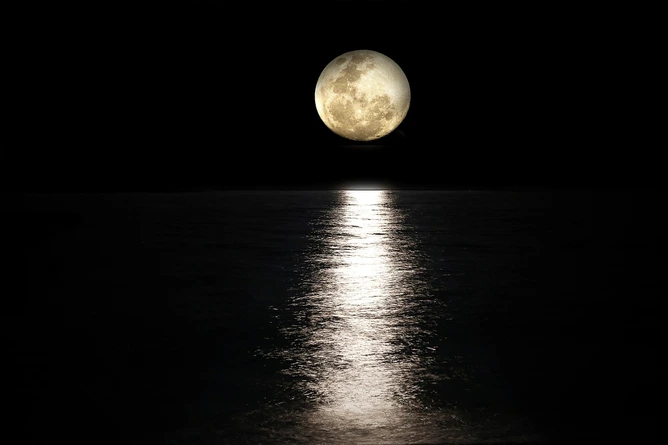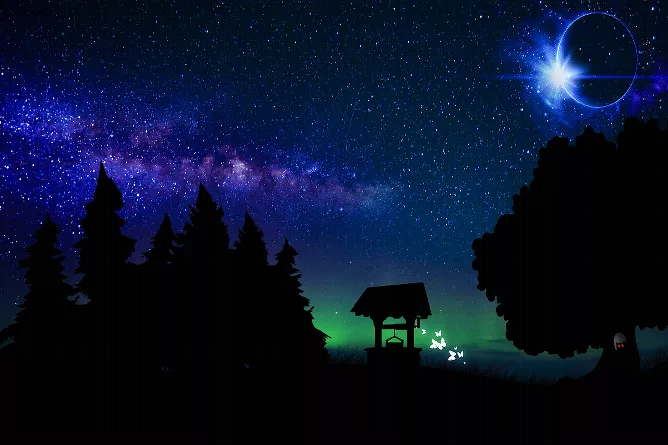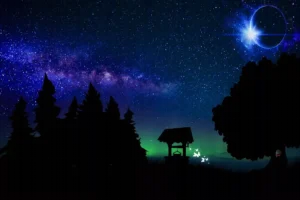Aditya L1 Mission: Unveiling the Secrets of the Sun !

“Aditya L1” is an important solar mission by India. Its goal is to study various characteristics of the Sun by ...
Read more
Unlocking the Wonders of This Year’s Extraordinary Super Blue Moon: Discover What It Is and How to Observe the Spectacle on August 30th

This week brings a unique opportunity for those intrigued by astronomical events. Get ready to witness a spectacular Super Blue ...
Read more
The Moon : Life is possible on Moon ?

India’s Chandrayaan 3 mission is set to explore the moon and uncover its secrets, such as the presence of water ...
Read more
Chandrayaan-3 is on its journey to the moon.

Important News (Chandrayaan-3) – India celebrates a triumphant achievement as Chandrayaan-3 achieves a successful soft landing on the moon on ...
Read more
Shah Rukh Khan’s Jawan ready to rule box office ?

As per Bollywood Hungama, the people behind Jawan got a unique solicitation. “The CBFC approved Shah Rukh Khan’s movie ‘Jawan’ ...
Read more
The man who feeled the Moon First : Neil Armstrong

Neil Armstrong, a name who can never forgot in in history, Neil Armstrong was an American astronaut the first person ...
Read more
Top 10 historical places in india with pictures

India’s rich history is intricately woven into its remarkable historical sites. Transitioning gracefully from ancient temples to grand forts, each ...
Read more
Can Wildlife Encounters Close When It Rains ?

Rainy days have a magical way of transforming the natural world into a lush and vibrant playground. Many think that ...
Read more
Nervous place for someone with Aerophobia

Do you ever feel really nervous at the thought of getting on an airplane? If so, you’re not alone. Some ...
Read more








